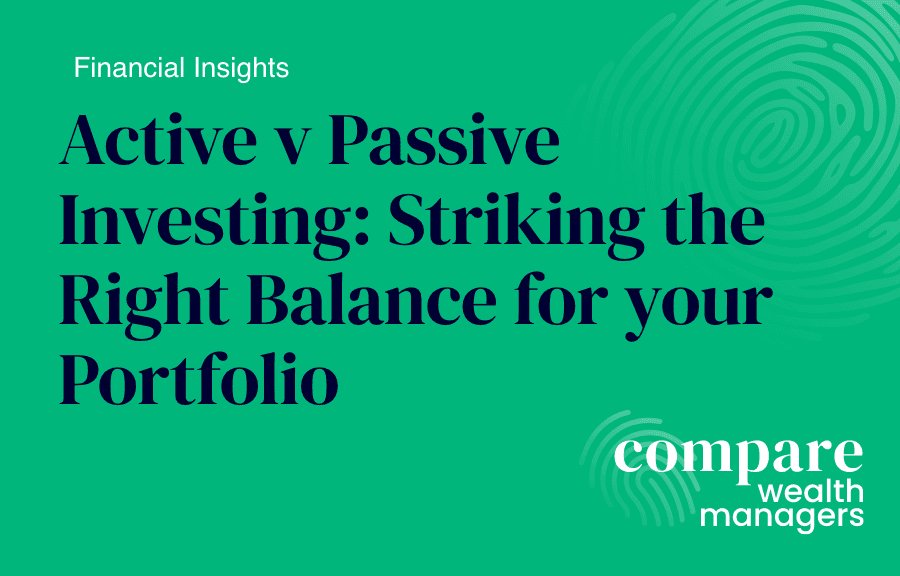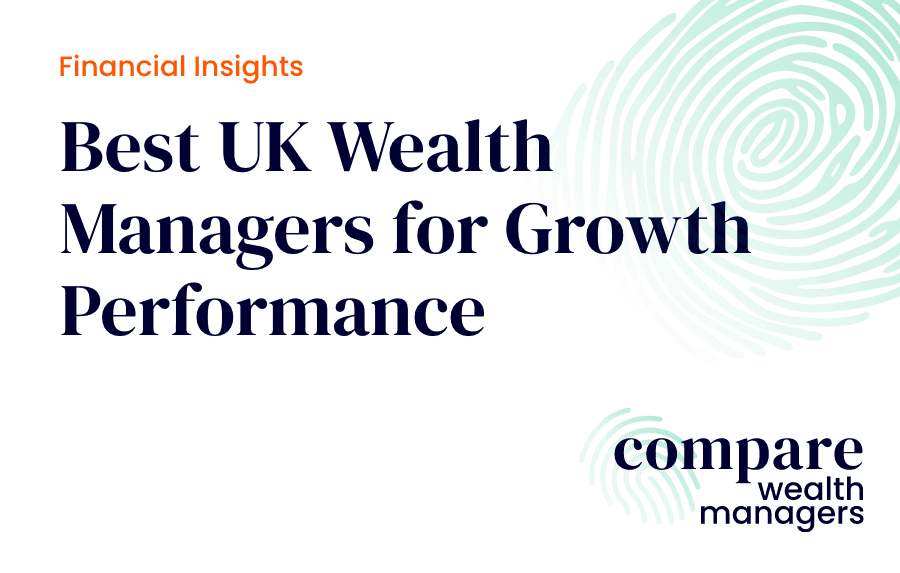Contents
Key Takeaways
Daily dealing funds unlock liquid access to real assets, giving investors exposure to property, infrastructure, and private markets without long lock-ups.
Strict regulation from the FCA and Bank of England enforces stress testing, governance, and transparency to align redemptions with illiquid assets and protect investors.
Powerful liquidity tools swing pricing, dilution levies, and redemption gates, safeguard investors but can still limit access in times of heavy outflows.
Listed structures like REITs and investment companies enable daily pricing and tradability, even when underlying real estate or infrastructure remains illiquid.
Semi-liquid evergreen funds are emerging as a sustainable solution, offering monthly or quarterly liquidity windows better matched to long-term assets.
For investors, the trade-off is clear: daily dealing brings flexibility and diversification, but real resilience depends on fund design, regulation, and liquidity management.
Investors increasingly want access to real assets such as property, infrastructure assets, natural resources, and private credit, but without being locked into decade-long commitments. Daily dealing funds attempt to provide this balance, combining the accessibility of the equity markets and stock market with the diversification benefits of private market investment. Yet behind this apparent simplicity lies a complex set of regulatory standards, liquidity-engineering techniques, and investor trade-offs across multiple asset classes.
Daily dealing funds are investment vehicles that provide liquid access to private market assets such as property, infrastructure, and private credit. They achieve this by investing through listed structures like REITs or investment trusts and applying liquidity tools, allowing investors daily trading flexibility while still holding inherently illiquid asset classes.
The Role of Regulators
Daily dealing private market funds are subject to strict oversight under frameworks such as MiFID II and AIFMD, which set standards for valuation, disclosure, and risk management. Building on these rules, the Financial Conduct Authority (FCA) has outlined what “good practice” should look like in the UK [1]. Fund managers are expected to:
- Align redemption terms with the underlying private market assets.
- Carry out robust liquidity risk assessments and stress tests.
- Maintain clear governance structures and escalation processes.
- Disclose transparently how liquidity tools may affect investors.
This matters because the risks are not just theoretical. The Bank of England’s 2021 report highlighted how, during the COVID-19 market stress, daily dealing funds faced large outflows just as liquidity in corporate bond markets evaporated. Many managers were forced to rely on cash buffers and sell their most liquid holdings first, leaving portfolios increasingly concentrated in illiquid private assets. While swing pricing became more common, suspensions and gating remained rare, raising concerns about investor “first-mover advantage.” [2]
Regulatory oversight therefore plays a dual role: protecting investors from mis-selling and ensuring that funds can withstand systemic shocks without destabilising the wider investment portfolio.
How Liquidity is Achieved
The challenge of offering daily liquidity on illiquid asset classes is often solved by investing through listed structures such as REITs and investment trusts. These vehicles are priced daily and traded on public markets, allowing investors to buy and sell with ease even though the underlying private companies and private capital remain long-term and illiquid [3].
But liquidity management goes further. According to the FCA and BoE, funds rely on a combination of:
- Liquidity buffers such as cash, government bonds, or money market funds.
- Swing pricing and dilution levies to protect remaining investors from transaction costs.
- Redemption gates, deferrals, or suspensions if withdrawal requests exceed what the portfolio can reasonably handle.
During the 2020 crisis, these tools proved essential: many funds leaned heavily on their cash buffers, while others adjusted NAVs via swing pricing to reflect stressed market conditions. In some cases, managers also had to account for shifting interest rates and legal restrictions that influenced asset valuations.
An alternative approach is emerging in the form of semi-liquid evergreen funds, such as those offered by Schroders. These products sit between liquid open-ended funds and closed-ended private market vehicles. They provide monthly or quarterly redemption windows, use portfolio diversification to create “natural liquidity,” and apply redemption limits or gates as needed. This model reduces the mismatch between redemption promises and underlying private market investment.
Why This Matters for Investors
For high-net-worth and institutional investors such as pension funds, daily dealing real asset funds offer clear benefits:
- Accessibility – exposure to real estate, infrastructure assets, and other private market investments without decade-long lock-ups.
- Integration – daily pricing makes them easier to include within diversified multi-asset portfolios.
- Flexibility – the ability to trade in or out quickly compared to traditional private market assets.
Attractive features include the potential to capture an illiquidity premium, which compensates investors for holding typically harder-to-trade securities within a liquid investment portfolio [4]. These funds also help diversify exposure across asset classes, from infrastructure and natural resources to venture capital and private companies.
Yet these advantages come with risks. In stressed conditions, managers may be forced to adjust NAVs, impose redemption gates, or even suspend trading. The Bank of England’s findings underline that daily liquidity is not always guaranteed when underlying markets seize up, and that the value of the underlying assets can fluctuate with equity markets, interest rates, or broader market shocks.
Investor benefits and incentives in daily dealing funds
Daily dealing funds do not generally provide additional perks such as loyalty bonuses or investor rewards. Instead, their key incentive is structural: they deliver liquidity, transparent pricing, and easier portfolio integration compared to traditional private market investment funds. For high-net-worth clients, this flexibility itself acts as the incentive, enabling them to access private assets while maintaining control over cash flow, rebalancing, and long-term investment strategy.
Semi-liquid funds represent a potential compromise. By offering less frequent dealing but more realistic alignment with the liquidity of underlying private market assets, they provide a sustainable way for investors to access illiquid markets while reducing systemic vulnerabilities [5].
Luke Hyde-Smith, manager of the Waverton Real Asset Fund at W1M Wealth & Investment Management (W1M) highlights that, "Semi-liquid funds are a hybrid model. They invest in private markets such as real estate and private equity, but offer some liquidity, often quarterly, and are evergreen rather than locked into a fixed term."
What This Means for Investors
Daily dealing real asset funds illustrate the balancing act between accessibility and stability. Regulators such as the Financial Conduct Authority and Bank of England emphasise stress testing, transparency, and governance to ensure these products remain resilient. Meanwhile, innovations like semi-liquid evergreen funds show how the industry is adapting, offering investors both access and protection [6].
For investors, the key takeaway is clear: understand not only what private assets a fund invests in, but also how liquidity is managed, what tools are in place, and how redemptions may work under stress. Hyde-Smith reinforces this, "The Real Assets Fund forms a key part of our alternative exposure. Semi-liquid or evergreen strategies, however, are best suited to more sophisticated clients who can take a longer-term view than daily-dealing markets allow." Only then can the promise of daily liquidity in private market investment be fully understood and responsibly embraced as part of a diversified investment portfolio.
FAQs
What are daily dealing funds in private markets?
How do regulators oversee daily dealing funds?
What are the risks of investing in daily dealing funds?
How do daily dealing funds manage liquidity?
What are semi-liquid evergreen funds?
Why should high-net-worth investors consider daily dealing funds?
Article Sources
Disclaimer
Past performance is not a reliable indicator of future results. The value of investments and the income derived from them may rise as well as fall, and investors may not get back the amount originally invested. Capital security is not guaranteed. This material is provided for informational purposes only and does not constitute investment, recommendation, tax, legal or financial advice and should not be relied upon as such. It should not be considered an offer to buy or sell any financial instrument or security. Any investment should be made based on a full understanding of the relevant documentation, including a private placement memorandum or offering documents where applicable. W1M and our affiliates do not provide legal or tax advice. Investors should consult their financial and tax advisors to assess the tax implications of any investment. Tax treatment depends on the individual circumstances of each client and may be subject to change in the future. The views expressed reflect current market conditions and are subject to change without notice. Any references to taxation are based on current understanding and may change.






